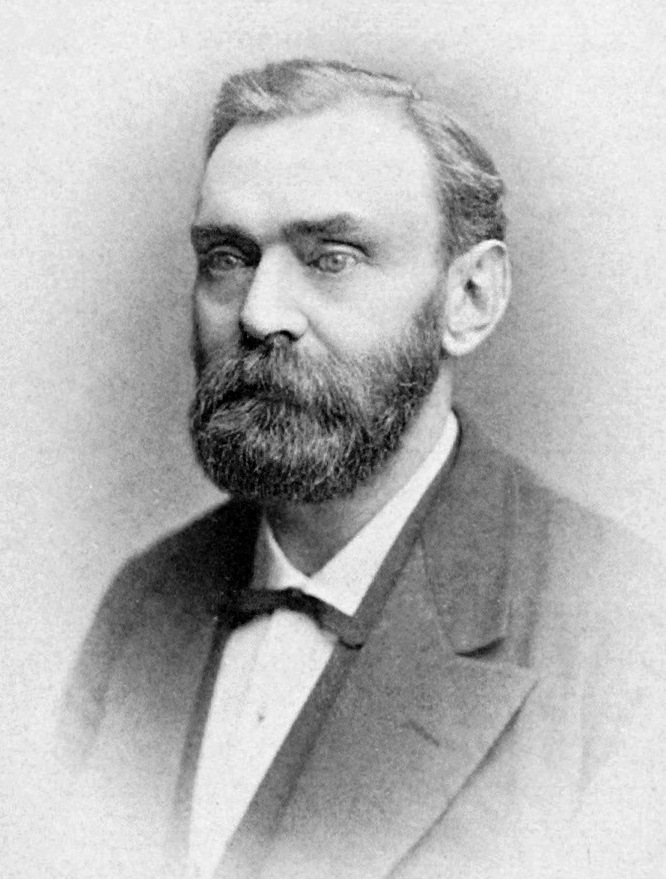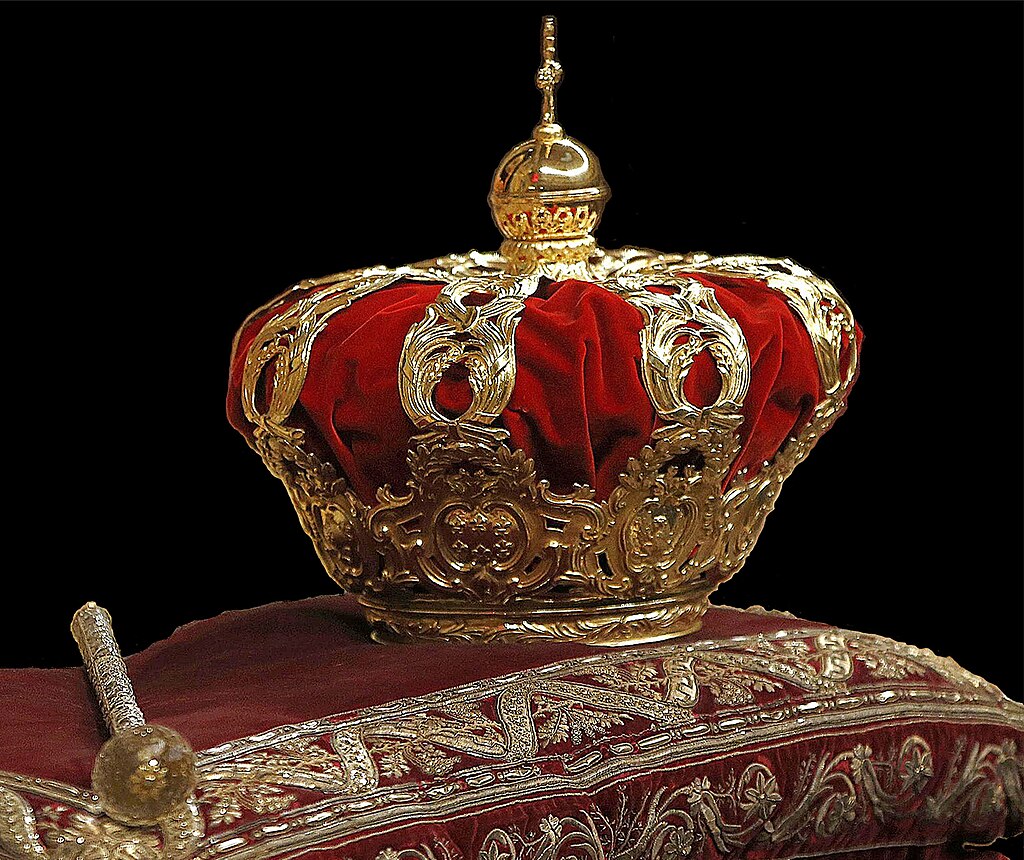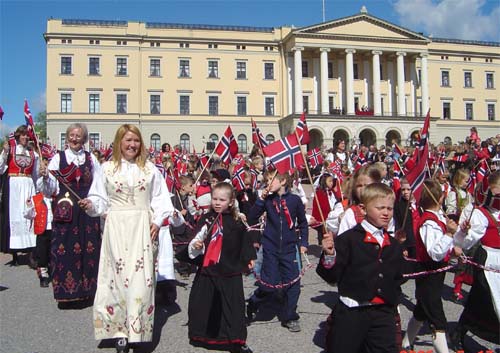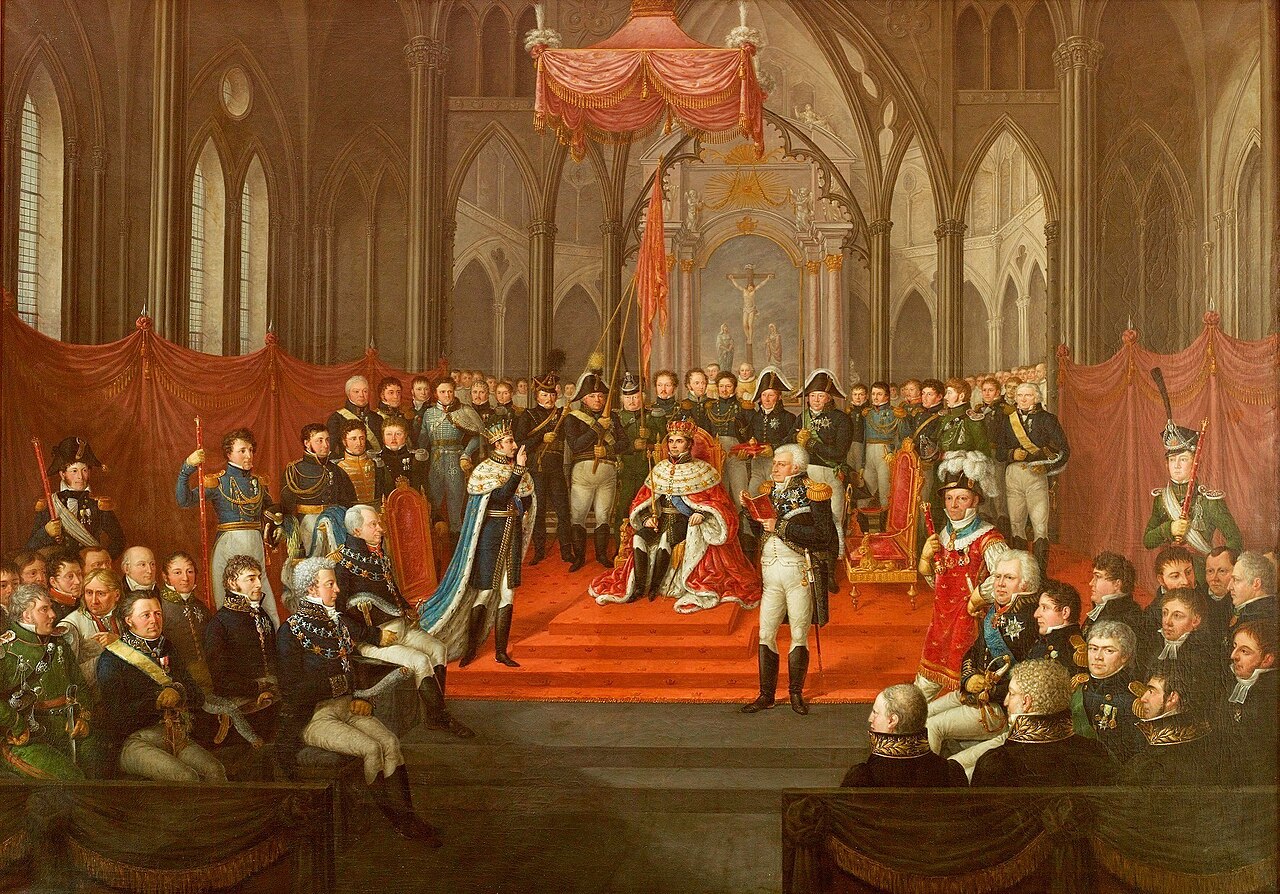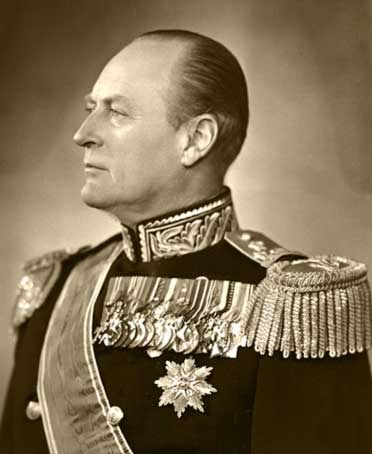by Susan Flantzer
© Unofficial Royalty 2025

King Juan Carlos I (reigned 1975 – 2014, abdicated) inspecting the troops during the 2009 Pascua Militar; Credit – By Fermín R.F. – Pascua Militar – Rey Juan Carlos IUploaded by ecemaml, CC BY 2.0, https://commons.wikimedia.org/w/index.php?curid=6448247
The Pascua Militar is an annual military event that takes place every January 6. It marks the beginning of the military year and Epiphany, a Spanish national and Christian religious holiday that celebrates the visit of the Magi to the Christ Child. Epiphany is also called El Día de Reyes (Three Kings Day) in Spanish-speaking countries.
History

King Carlos III of Spain; Credit – Wikipedia
King Carlos III of Spain (reigned 1759 – 1788) established this holiday to commemorate the recapture from the British of the island of Minorca in the Mediterranean Sea. The recapture was carried out from August 19, 1781 to February 5, 1782 by a French-Spanish fleet of 52 ships and the Spanish Navy Marines.
As a celebration of joy over the victory, King Carlos III ordered the Viceroys, Captain Generals, Governors, and military commanders to gather their forces on January 6, 1783, the Feast of the Epiphany, and offer congratulations on his behalf. Over the years, Pascua Militar has evolved from a historical event to a solemn and important military event, summing up the military events of the previous year and setting the course for the next year. Military decorations given to civilians and members of the Armed Forces are awarded on this day.
What Happens?
The Princess of Asturias, King Felipe VI and Queen Letizia
On January 6, 2024, King Felipe VI, Queen Letizia, and the heir to the throne, Infanta Leonor, The Princess of Asturias presided over the ceremonies related to Pascua Militar. This was the first time Leonor attended the Pascua Militar. She attended not just as the heir to the Spanish throne but also as a member of the Armed Forces. In 2023, after Leonor graduated from the UWC Atlantic College in the Llantwit Major, Wales, she started her military training at the General Military Academy in Zaragoza in preparation for her future role as Spain’s commander-in-chief. In August 2024, Leonor started her naval training at the Naval Military Academy in Marín.
King Felipe VI wore the Lieutenant Colonel Uniform with the Neck Badge of the Order of the Golden Fleece, the Sash of the Royal and Military Order of Saint Hermenegild, and his other honors. The Princess of Asturias wore a uniform with the Badge of the Order of the Golden Fleece and the Sash of the Order of Carlos III.
The Princess of Asturias, Queen Letizia, and King Felipe are greeted by officials. Prime Minister Pedro Sanchez is on the left.
The Spanish monarch, his/her spouse, and other royal family members are greeted by the Prime Minister of Spain and the Chiefs of the Spanish Army, the Spanish Air and Space Force, the Spanish Navy, the Spanish Royal Guard, and the Spanish Military Emergencies Unit in the courtyard of the Royal Palace in Madrid.
King Felipe V reviewing the troops
After the Spanish National Anthem and a 21-gun salute, the Spanish monarch reviews the troops in formation accompanied by the Chief of Defense Staff, the Chief of the Military Quarter, and the Chief Colonel of the Royal Guard.
The Princess of Asturias, King Felipe VI, and Queen Letizia greet people in the Throne Room
In the Throne Room of the Royal Palace, the Spanish Monarch awards military honors and then gives a speech. On January 6, 2024, King Felipe VI said:
“This celebration is not just another one for the Crown. It is the 10th Pascua Militar that I have the honor of presiding over and it happily coincides with the fact that for the first time, the Princess of Asturias accompanies us, who, as a Cadet of the General Military Academy, has started her military training plan this year. So along with the Queen and the Princess, and as Supreme Commander, I am happy to convey my congratulations and annual recognition to the members of the Armed Forces and the Civil Guard, to the members of the National Intelligence Center, and to the group of men and women, civil and military, who, in the Ministry or in any field, serve the Defense and National Security. The year 2023 has proven to be a very demanding period, in which, together with the development of the permanent missions with which you ensure the sovereignty and independence of Spain, you have continued to carry out a long list of tasks within the strategic objectives established in international missions. The sincere and deep affection of the Crown towards those of you who are part of the Armed Forces, the Civil Guard, and the National Intelligence Center, because, by offering a life of sacrificial and selfless service to others, you are a good reflection of the nobility of the Spanish people.”
This article is the intellectual property of Unofficial Royalty and is NOT TO BE COPIED, EDITED, OR POSTED IN ANY FORM ON ANOTHER WEBSITE under any circumstances. It is permissible to use a link that directs to Unofficial Royalty.
Works Cited
- Ceremonia militar española celebrada anualmente en la que el Rey recibe a altos cargos militares. (2007). Wikipedia.org; Wikimedia Foundation, Inc. https://es.wikipedia.org/wiki/Pascua_Militar
- El País. (2024). La Pascua Militar 2024 con los Reyes y la Princesa Leonor, en imágenes. El País. https://elpais.com/espana/2024-01-06/la-pascua-militar-con-los-reyes-y-la-princesa-leonor-en-imagenes.html
- Enfrentamiento entre una coalición hispano-francesa contra las tropas inglesas que poseían la isla de Menorca. (2009). Wikipedia.org; Wikimedia Foundation, Inc. https://es.wikipedia.org/wiki/Toma_de_Menorca_(1782)
- Inicio – Actividades y Agenda – Pascua Militar. (2019). Casareal.es. https://www.casareal.es/GL/Actividades/Paginas/actividades_actividades_detalle.aspx?data=15978
- Wikipedia Contributors. (2024). Invasion of Minorca (1781). Wikipedia; Wikimedia Foundation.
- Wikipedia Contributors. (2024). Pascua Militar. Wikipedia; Wikimedia Foundation.











